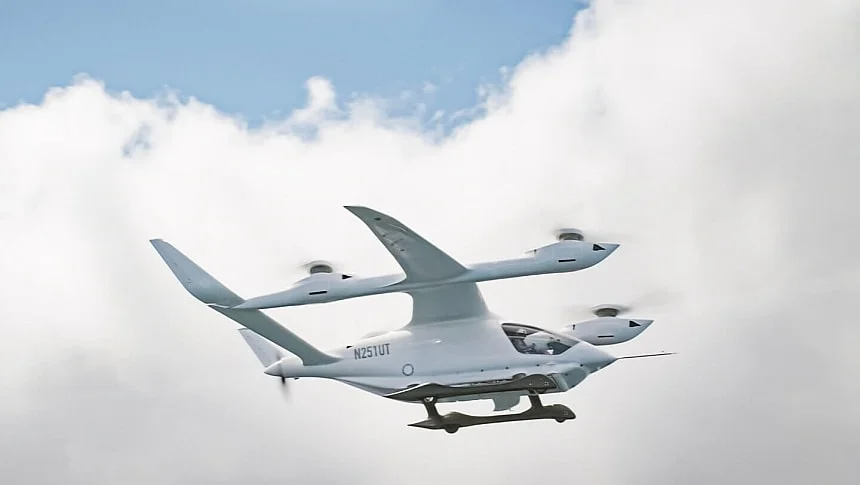|
Getting your Trinity Audio player ready...
|
The Alia electric aircraft built in Vermont is turning out to have huge success in New Zealand. First, the country’s flagship air carrier committed to adding Alia as the first electric aircraft in its fleet, and now the New Zealand Air Ambulance Service (NZAAS) has pre-ordered its own eVTOL aircraft from Beta Technologies.
Beta Technologies is one of the most versatile eVTOL (electric vertical take-off and landing) companies in America’s emerging AAM (Advanced Air Mobility) industry. It has developed two versions of its electric aircraft Alia, an eVTOL and a CTOL (conventional take-off and landing), each designed for increased payload and range and equally efficient in passenger or cargo configurations. On top of that, Alia’s maker is also helping set up an impressive electric charging network across the US based on its multi-modal charging solutions.
While Air New Zealand chose the Alia CTOL version as its first electric aircraft, NZAAS opted for the eVTOL. The operator initially placed a deposit for two aircraft, with the option to add ten more units. The two will work together on developing a custom medical cabin design for these eVTOLs.
Like most air ambulance operators, NZAAS uses turboprops (King Air) and light jets for the bulk of its missions. The smaller, purely electric Alia will be used primarily for inter-hospital transfers. This will take some of the load off the operator’s conventional aircraft, allowing them to be deployed in pre-hospital missions.
Additionally, the electric Alia brings several other benefits. In terms of costs, it’s estimated that it can perform patient transfer operations at almost half the cost of conventional helicopters. Plus, it will do so with zero emissions, which translates to long-term sustainability. Another huge advantage, especially for countries with certain geographical challenges, is literally opening critical routes and connecting remote areas.
Runway independence is the most important factor that makes eVTOLs particularly suitable for opening critical routes. The low operation costs are another plus when it comes to reaching remote areas. Alia also has the range to sustain such flights.
Both as an eVTOL and CTOL, Alia can perform intra-city transport and regional flights – which is not something that all battery-electric aircraft can promise. As an air taxi, it can carry five passengers plus the pilot, and in the cargo configuration it can transport up to 1,250 lbs (567 kg) of payload.
Beta is operating a 200,000 square feet (18,580 square meters) factory in Burlington, Vermont, and 38 Beta chargers are currently online across the US.
The Alia eVTOL is set to enter service with the NZAAS in 2028, while the Alia CTOL purchased by Air New Zealand will take to the sky in 2026 and carry cargo for the NZ Post on a route connecting the North and South Islands.


